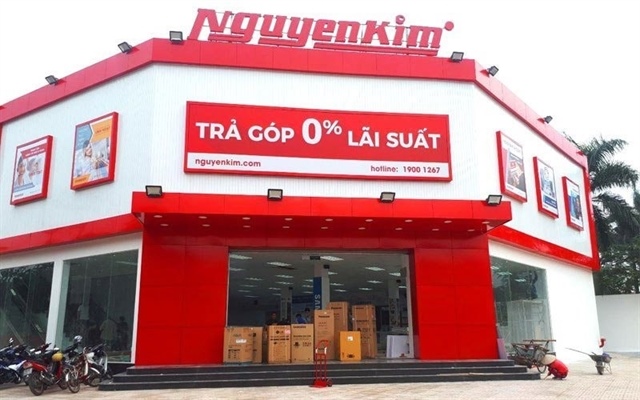Shellfish exports sink further into the muck
Shellfish exports sink further into the muck
In the first 10 months of the year, Viet Nam's export value of two-shelled mollusks fell by 6 per cent to US$70 million, according to the Viet Nam Association of Seafood Exporters and Processors (VASEP).
This was the third consecutive year that the export value for Vietnamese cephalopod and bivalve mollusk exports had dropped.
The export value dropped by two digits in major export markets, including the US, Japan, ASEAN-member countries and China.
In the last nine months, the domestic fisheries industry exported only $58.2 million worth of two-shell mollusks, of which the EU market accounted for 69 per cent of the marker or nearly $40.5 million. Japan made up 9.2 per cent, and the US, 8 per cent.
In previous years, the industry earned $25-30 million from exporting two-shell mollusks to China, but now export value to that country has fallen to only $1.5 million.
With such a slowdown in traditional markets, many Vietnamese mollusk exporters have shifted their interest to new markets and obtained encouraging results, with $ 5 million in France, for example, a year-on-year increase of 500 per cent.
In addition, Viet Nam's mollusk export value to the Australian market increased from $30,000 in 2011 to over $1 million in the last nine months.
Farmers in Viet Nam began to raise commercial two-shelled mollusks in 2002, mainly in southern and central coastal provinces, including Thai Binh, Nam Dinh, Nghe An, Thanh Hoa, Ha Tinh, Quang Binh, Quang Tri and Thua Thien-Hue.
Of the provinces, Thai Binh and Nam Dinh have the largest farming areas, with each province generating about 50,000 tonnes annually.
Lower sales overseas have affected farmers, as up to 50 per cent of the country's two-shelled mollusks are exported.
Although prices of mollusks have been cut from VND24,000 to VND15,000 per kilo, farmers still have unsold products, according to a VASEP representative who declined to be named.
Nam Dinh, for instance, has the largest two-shelled mollusk farming area in the northern region, with 1,600ha in Giao Thuy and Nghia Hung districts.
So far this year, farmers in Giao Thuy District have produced about 22,000-23,000 tonnes of mollusks but have sold only 5,000.
Farmers in Thai Binh are also facing a similar situation. According to the agriculture office of Tien Hai District, 20,000 to 25,000 tonnes of two-shelled mollusks remain unsold.
China's has reduced by half its imports of mollusks from the province.
VASEP experts said farmers who raise the mollusks should diversify their markets in order to create stable outlets for exports that have high economic potential.
vietnamnews

























